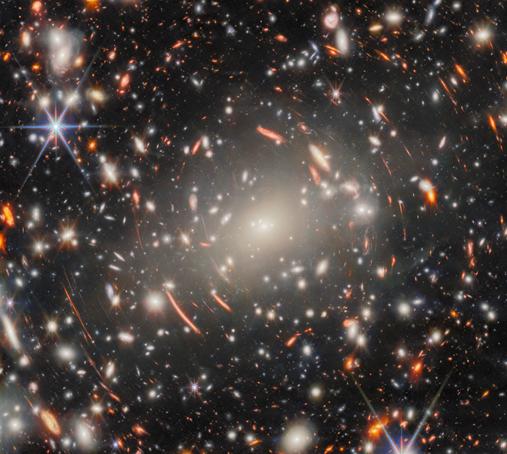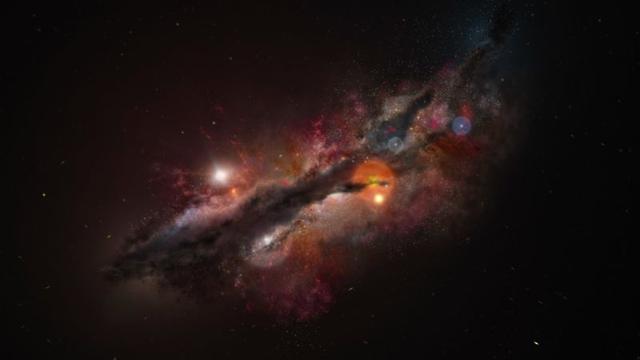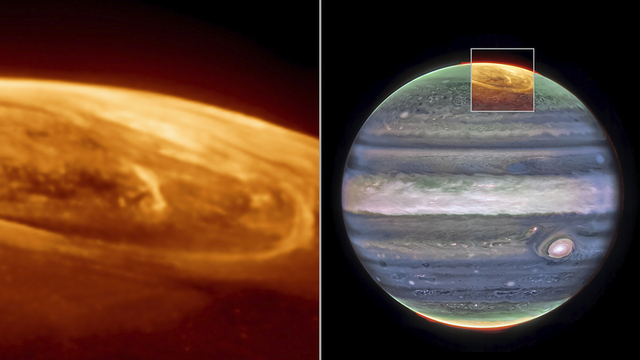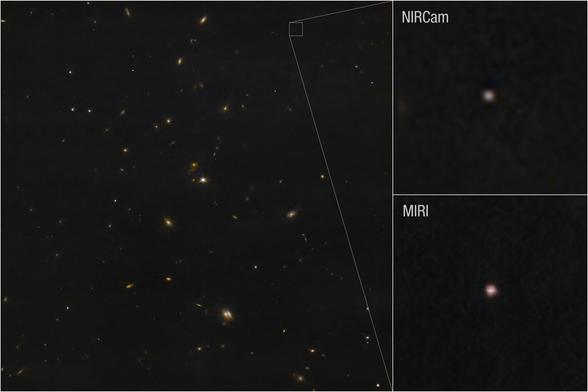https://phys.org/news/2025-05-webb-telescope-refines-hubble-constant.html #WebbTelescope #CosmicMystery #ReaderEngagement #JournalismFails #SpaceExploration #HackerNews #ngated
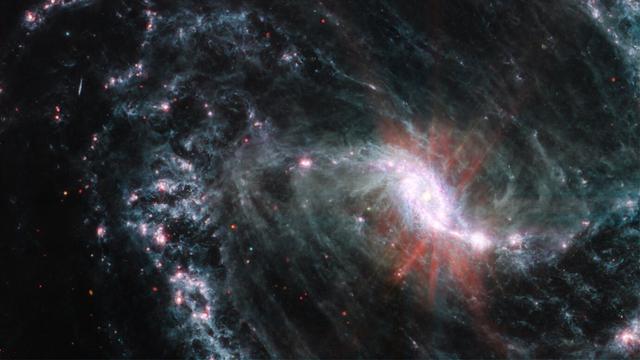
Webb telescope helps refine Hubble constant, suggesting resolution to long-standing expansion rate debate
For the past decade, scientists have been trying to get to the bottom of what seemed like a major inconsistency in the universe. The universe expands over time, but how fast it's expanding has seemed to differ depending on whether you looked early in the universe's history or the present day. If true, this would have presented a major problem to the gold-standard model that represents our best understanding of the universe.
